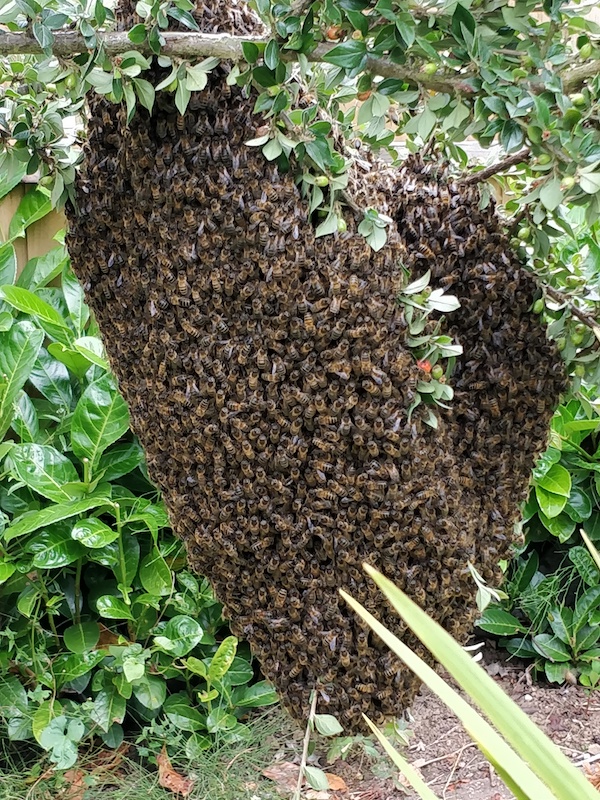All honeys from local hives are delicious and have distinctive flavours. Most honey lovers like runny honey but spreading it thickly on your toast is tricky as it dribbles :-). For me honeycomb is the very best way to enjoy honey and it’s the reason I became a beekeeper!
Honeycomb comes directly from the honey boxes (known as ‘supers’) on the hive. It is just how the bees made it – totally raw and unfiltered, sometimes with bits of pollen. The honey comes encased in soft beeswax and you can eat the wax or not, it’s your choice. Spread honeycomb thickly on toast, put a chunk in your porridge or pop a slice on your cheeseboard. It’s delicious and nutritious.
Getting delicious honeycomb takes some extra preparation early in the spring. I put special thin strips of wax foundation into the frames in my honey boxes. Using special Manley frames means I get extra chunky pieces of honeycomb. The boxes go onto the strongest bee colonies. I do this when there is lots of nectar around and a good ‘flow’ of forage for the bees to make honey. Of course my bees then do all the hard work. When the frames are full of ripe honey I remove them from the hive. I then simply cut the honeycomb into chunks and put it into airtight containers. It doesn’t last long 🙂
Honeycomb is usually available in the main honey season, so July and August in the UK. Like with all honey please buy from your local beekeepers. Check here to find your local beekeepers’ association. I’m a member of the wonderful Birmingham and District Beekeepers’ Association.
If you are quick there are some Honey I Love You gift boxes on our website. The box includes a generous pot of summer honeycomb harvested from our beehives in south Birmingham.


